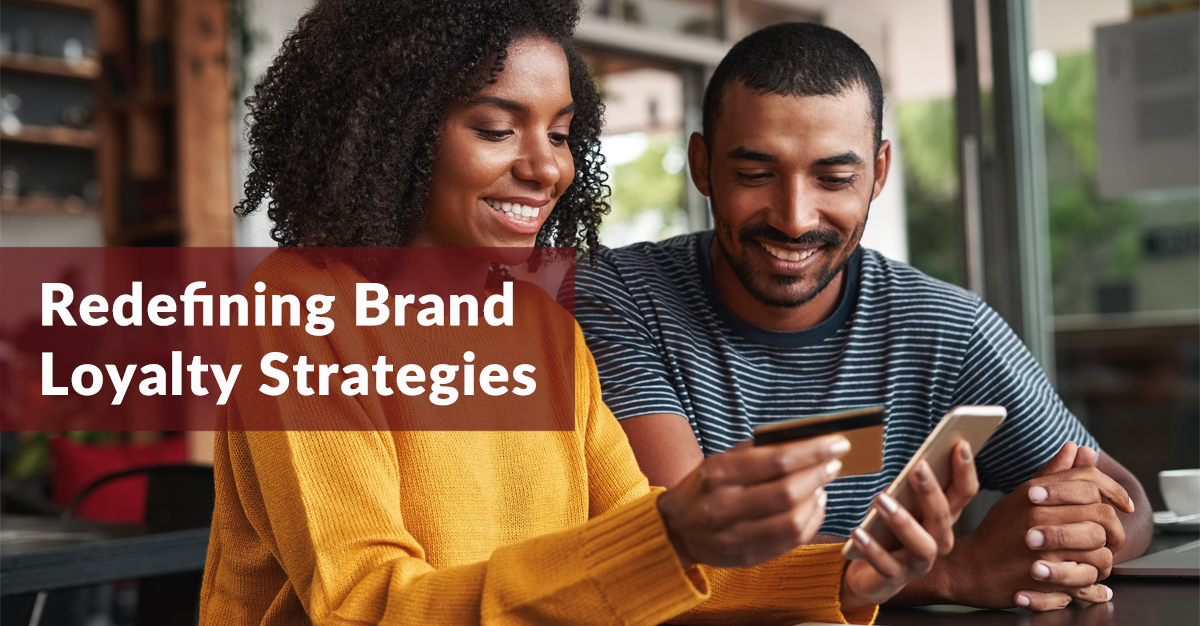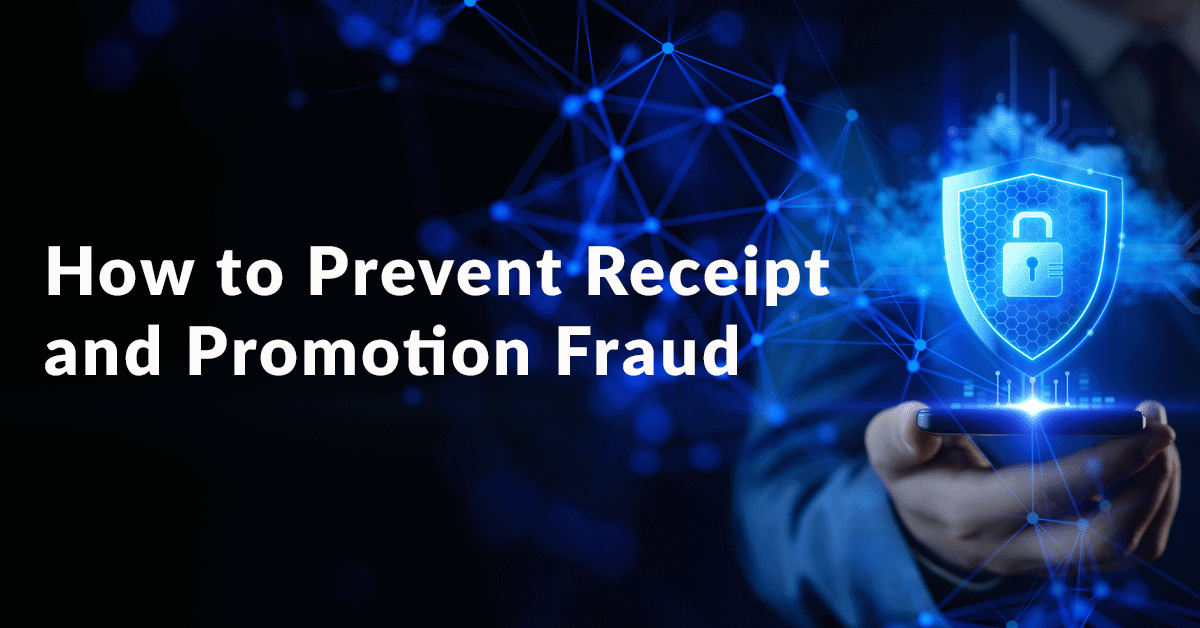Among all the metrics brands track, loyalty is one of the least understood. Many companies still equate loyalty with frequency of purchase or points accrued, but true loyalty runs much deeper.
In our recent Engagement Matters podcast, Snipp's Chris Cubba, CRO, and Brendon Lemon, Director of Business Development, discuss the evolving landscape of brand loyalty programs. Together, they unpack key trends in consumer behavior and marketing in a world where customer commitment is no longer a given.
With purchase decisions increasingly driven by price, convenience, and shifting expectations, they look at a critical question: How can brands build lasting value when consumer loyalty is on the decline?
Brand Loyalty is About More Than Points and Purchases
The traditional view of loyalty – tracked through program enrollment, points accumulated, or purchase frequency – misses the deeper essence of what creates loyal customers.
True brand loyalty is an outcome of consistently delivering value across all customer touchpoints:
- Product excellence: Delivering quality and reliability that creates dependence and trust
- Experience satisfaction: Making every interaction positive and friction-free
- Value alignment: Demonstrating shared values with your customer base
- Community connection: Fostering belonging among your customers
- Emotional resonance: Creating memorable moments that forge deeper connections
Most brands that talk about loyalty are actually talking about market share or repeat purchases. These metrics may indicate business health, but they don't necessarily reflect genuine customer loyalty.
For example, a customer might make repeat purchases out of habit or convenience without any emotional connection to your brand. This is a foundation that quickly crumbles when economic pressures mount.
A more accurate measure of loyalty might be how often customers consider your brand when making purchasing decisions in your category. This consideration metric, while harder to track than sales figures, provides deeper insight into your brand's position in customers' minds.
"Loyalty is everything – from your buying experience to your product experience to how you handle customer support when issues arise." - Chris Cubba, Engagement Matters podcast.
Economic Pressures and the Loyalty Challenge
The current economic climate has significantly changed consumer behavior, putting even strong brand relationships to the test. 77% of consumers are actively changing their buying behaviors due to price increases. These behaviors include:
- Prioritizing essentials over luxuries
- Trading down to private label alternatives
- Becoming more promotion-sensitive
- Reevaluating subscription services
How Brands Can Build Stronger Loyalty
1. Focus on Value and Brand Relevance
Modern consumers need to see clear value in their brand relationships. This doesn't necessarily mean the lowest price – it means delivering value that's relevant to their needs and lifestyle.
2. Offer Meaningful, Easy-to-Redeem Incentives
Consumers are discerning about where and how they spend. The value exchange must be substantial and accessible – a fundamental principle that many loyalty programs overlook.
"Onnit had a loyalty program, but the points had no meaningful value. I switched and haven't returned," notes Brendon Lemon from our Engagement Matters series. This candid observation captures what happens when loyalty programs fail to deliver tangible value – even long-term customers will walk away.
The key differentiator in successful loyalty programs is not just the presence of rewards, but their relevance and accessibility.
Case Study: IAMS Checkup Challenge
IAMS successfully implemented this principle with their Checkup Challenge program. Pet owners who purchased $50 worth of IAMS products and completed their pet's annual vet visit could upload receipts to receive a rebate of up to $150. The program provided meaningful value (covering vet costs) while driving both product sales and healthy pet behaviors – a win-win alignment of brand and customer interests.
3. Personalize the Brand Experience
Generic loyalty approaches fall flat with today's consumers who expect tailored experiences based on their preferences and behaviors. Effective personalized loyalty programs go beyond simply addressing customers by name in email communications. It requires a sophisticated understanding of individual purchase patterns, preferences, and engagement behaviors. When a loyalty program acknowledges not just that a customer purchases, but why and how they engage with the brand, it transforms from a transaction engine to a relationship builder.
4. Reward Consideration, Not Just Transactions
Brands that recognize and reward engagement beyond purchases can build deeper loyalty connections. This includes acknowledging:
- Product research and site visits
- Community participation
- Content engagement
- Referrals and social sharing
5. Communicate Clearly and Frequently During Economic Uncertainty
When consumers face financial pressure, brands that maintain transparent, valuable communication stand out. This includes:
- Acknowledging economic realities
- Highlighting longer-term value propositions
- Offering flexible options for different budget situations
- Demonstrating empathy in communications
The Reciprocal Nature of True Loyalty
Brand loyalty strategies that view loyalty as merely a mechanism to drive short-term revenue miss the deeper opportunity to build relationships that withstand competitive pressures and economic downturns. True loyalty creates resilience in your customer base, allowing you to weather market fluctuations more effectively.
Brand-Consumer Relationships in Today's Economy
Due to economic uncertainty, even long-standing brand relationships are being re-evaluated by budget-conscious consumers. This creates both challenges and opportunities:
Challenges:
- Price sensitivity disrupts habitual purchasing patterns
- Consumers are more willing to experiment with alternatives
- Value propositions must be clearer than ever
Opportunities:
- Demonstrate genuine understanding of customer pressures
- Innovate with more flexible loyalty approaches
- Connect emotionally during a challenging times
Building Loyalty That Lasts
Even in challenging economic times, brands can build and maintain loyalty by focusing on what truly matters to consumers. This means:
- Creating meaningful value exchanges, instead of just point systems
- Understanding that consideration indicates loyalty
- Recognizing that true loyalty withstands occasional competitor purchases
- Focusing on the complete customer journey, not just transactions
The brands that thrive understand that loyalty is earned through consistent delivery of relevant value, meaningful experiences, and authentic connections, not just through discounts or promotions.'
Take your loyalty strategy beyond points and discounts to create genuine customer connections. Get in touch with our experts to find out how our customer loyalty platform can help you.






